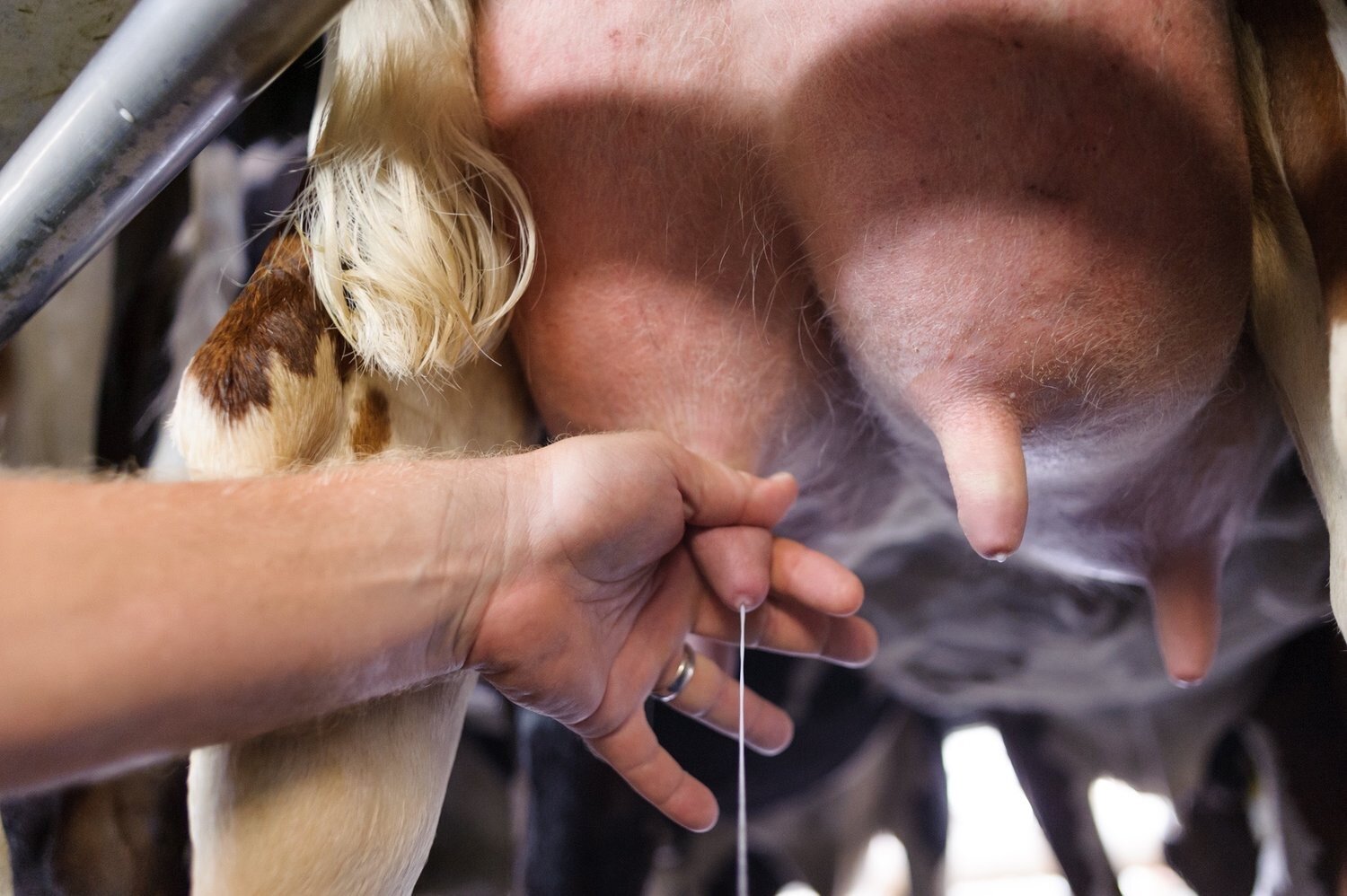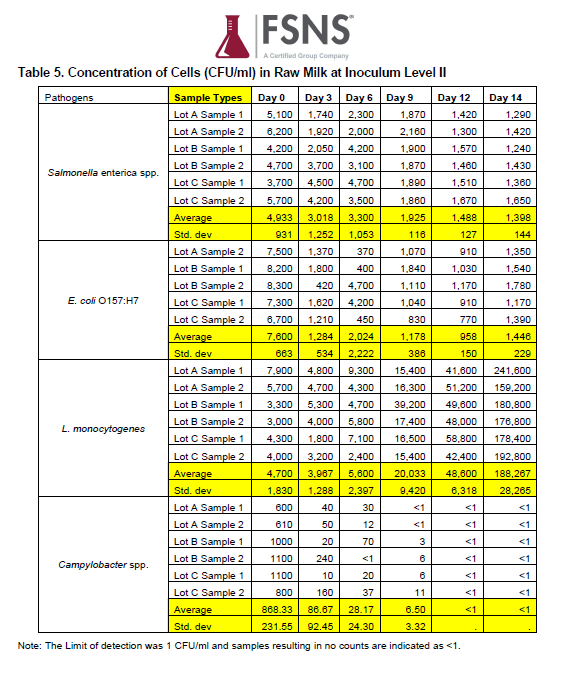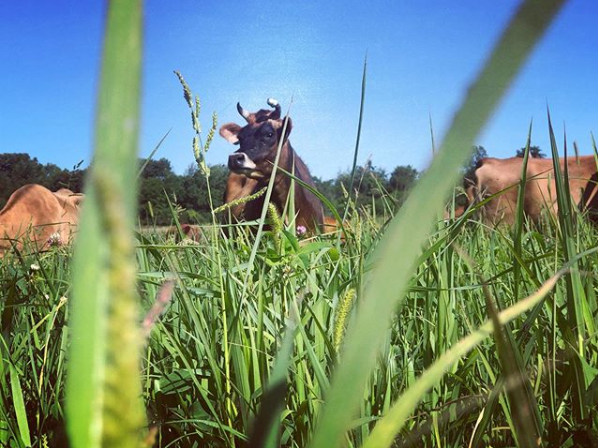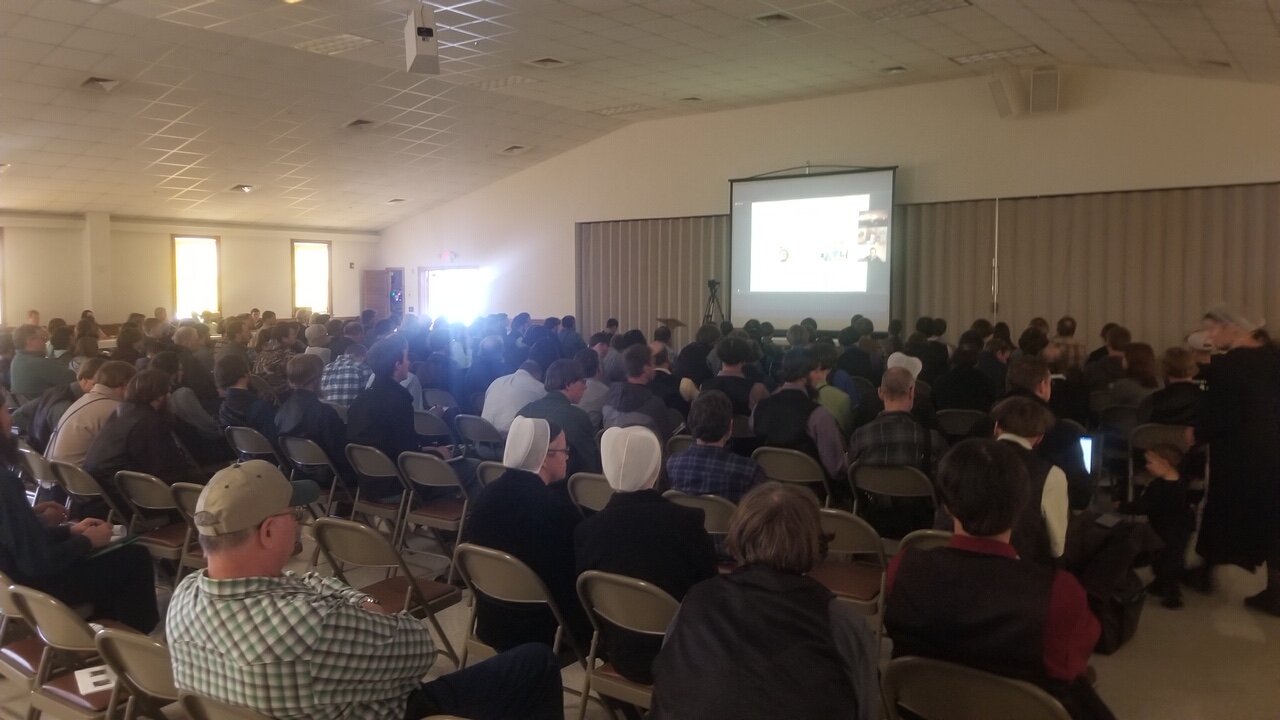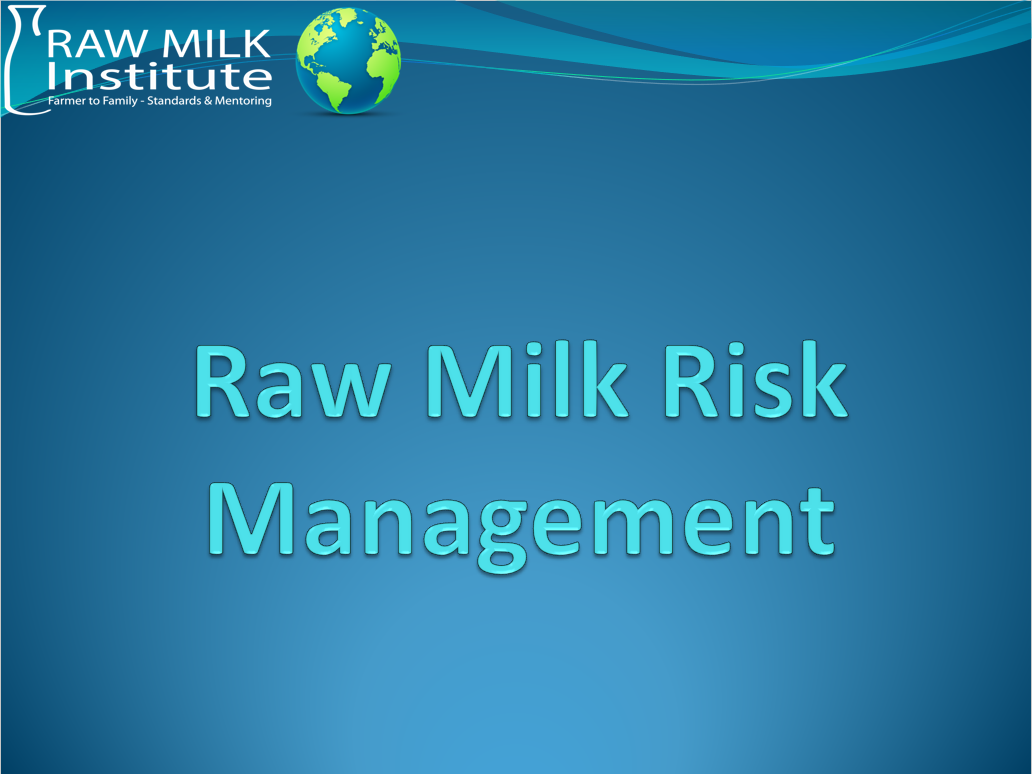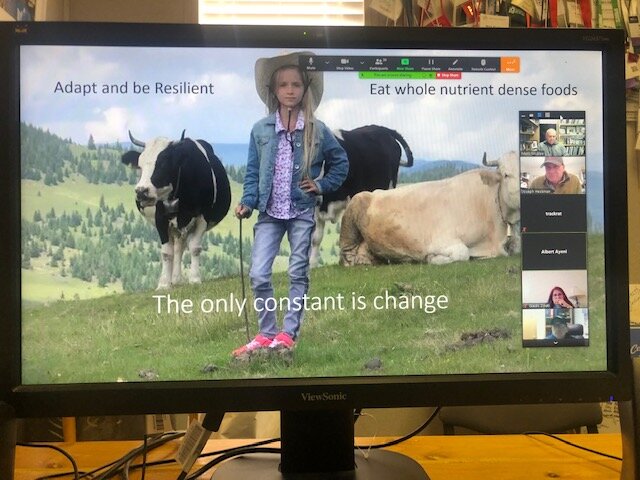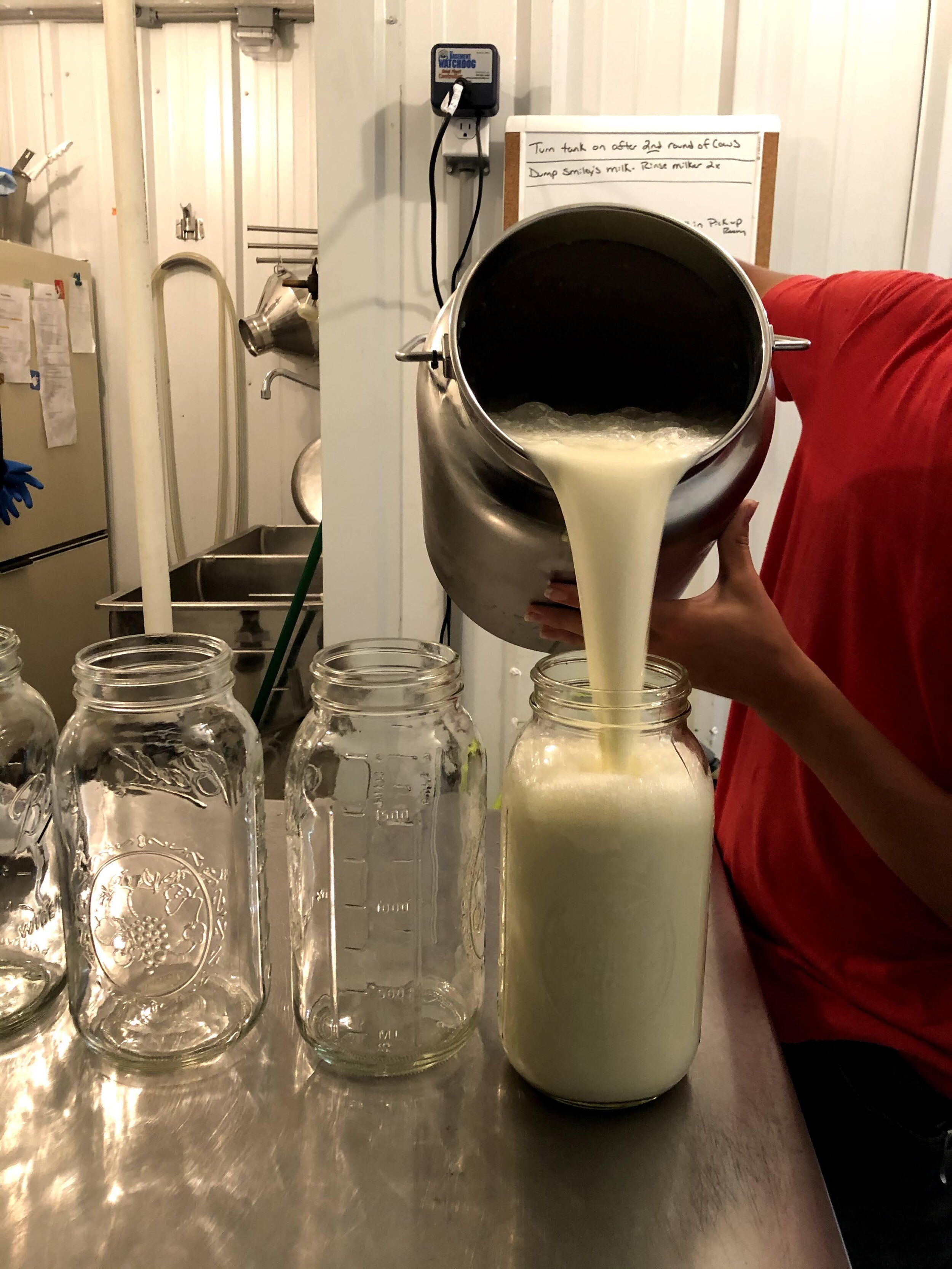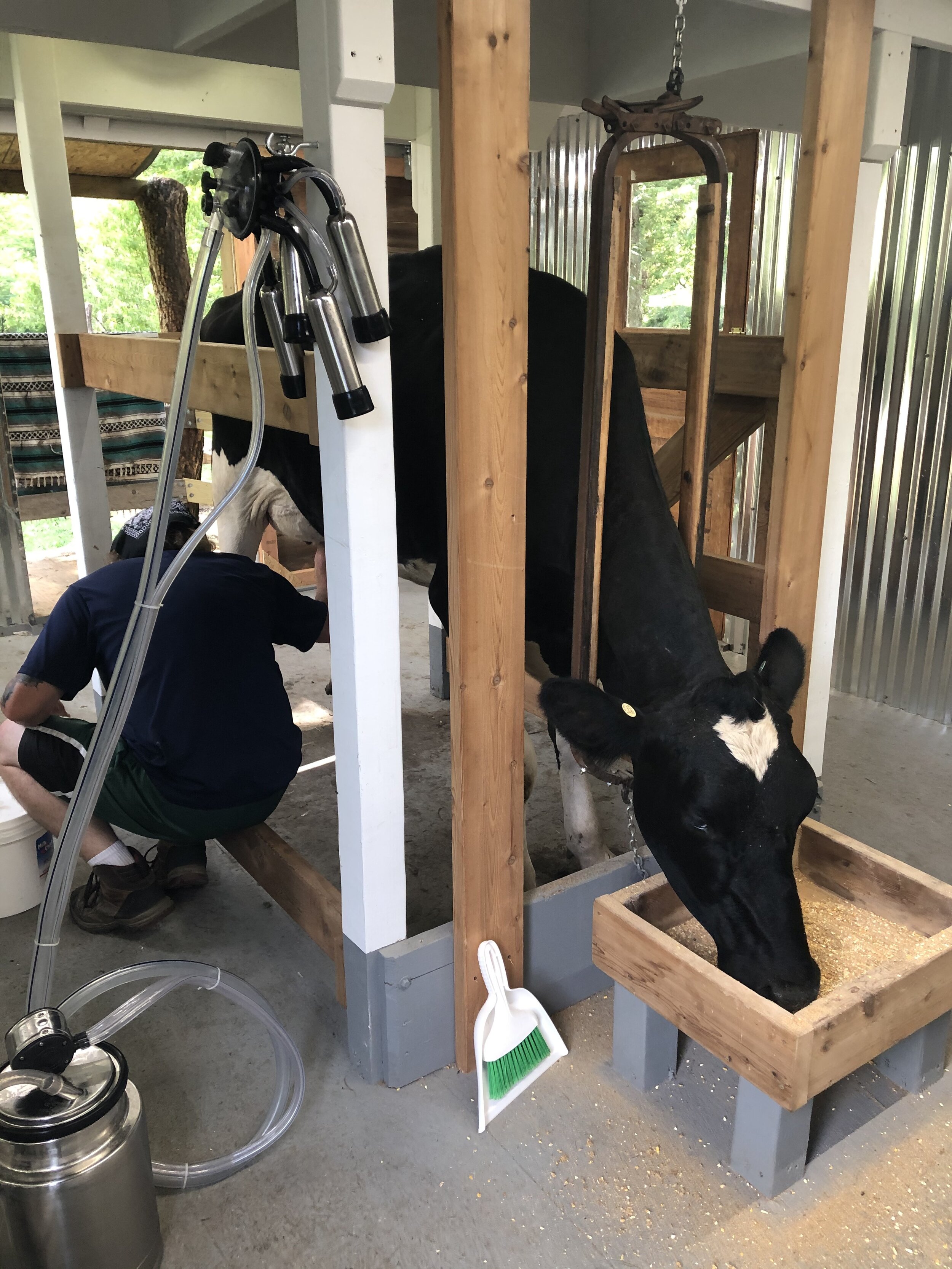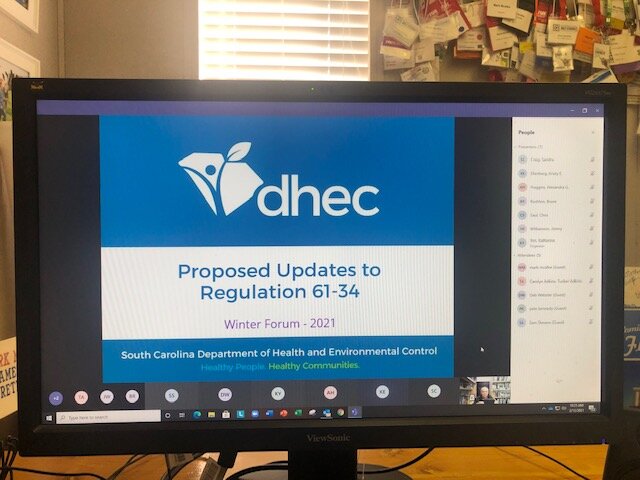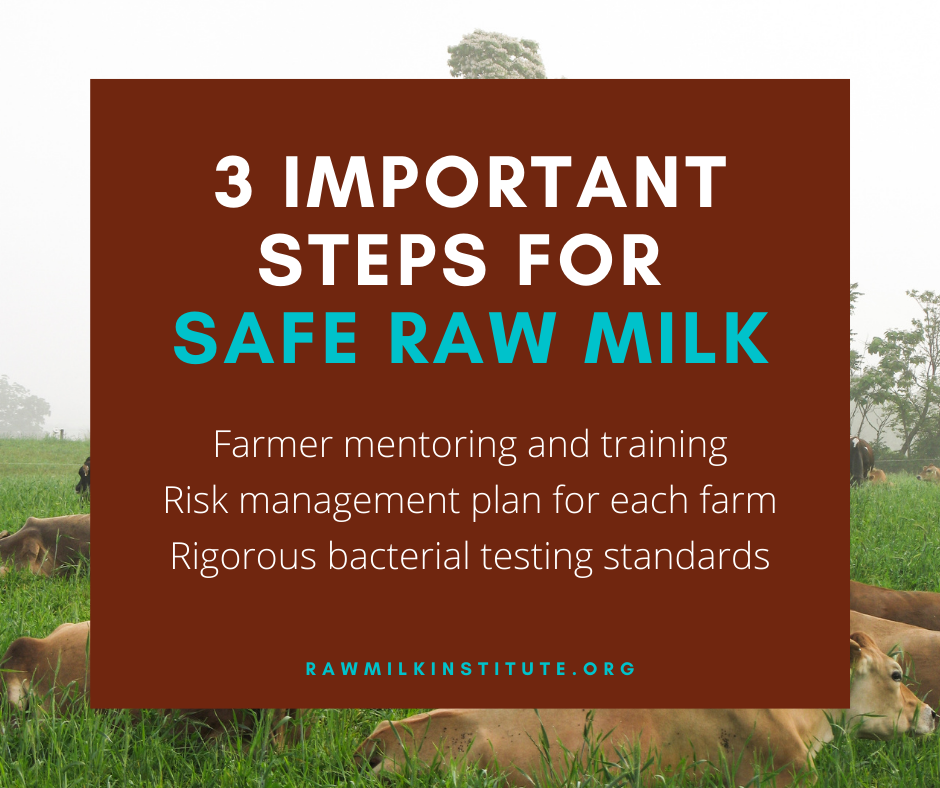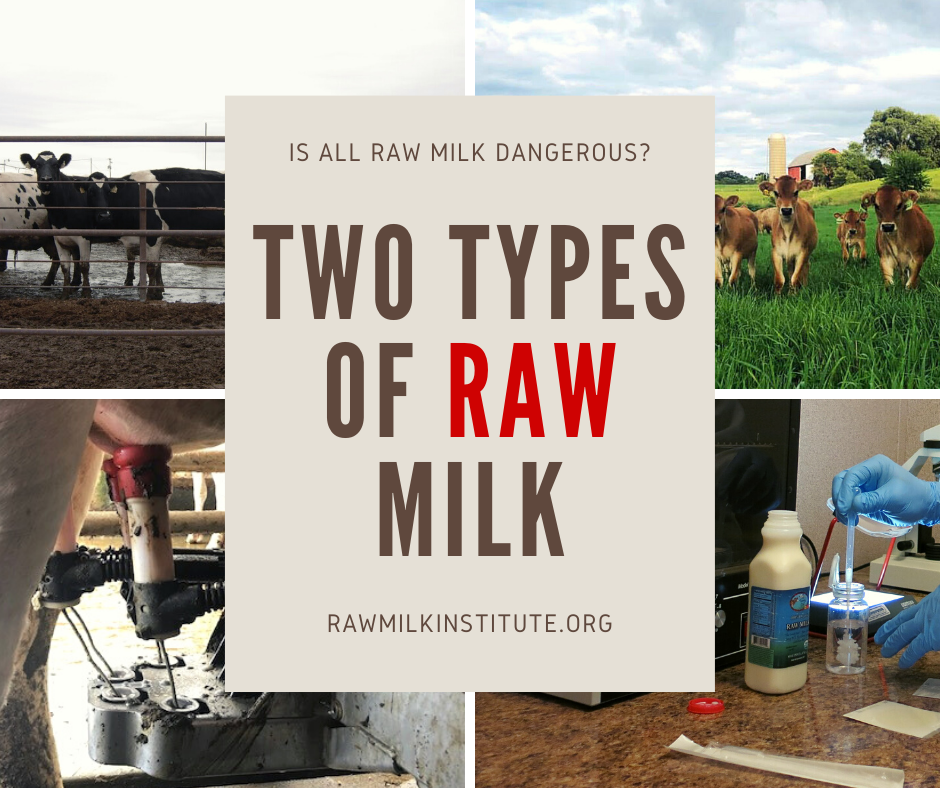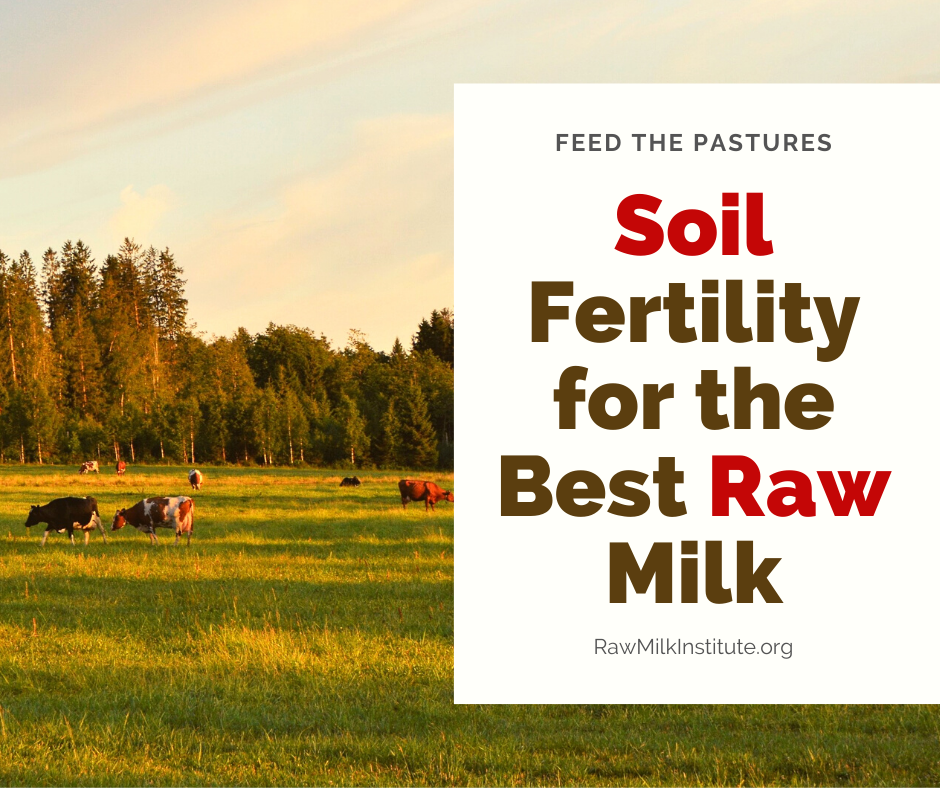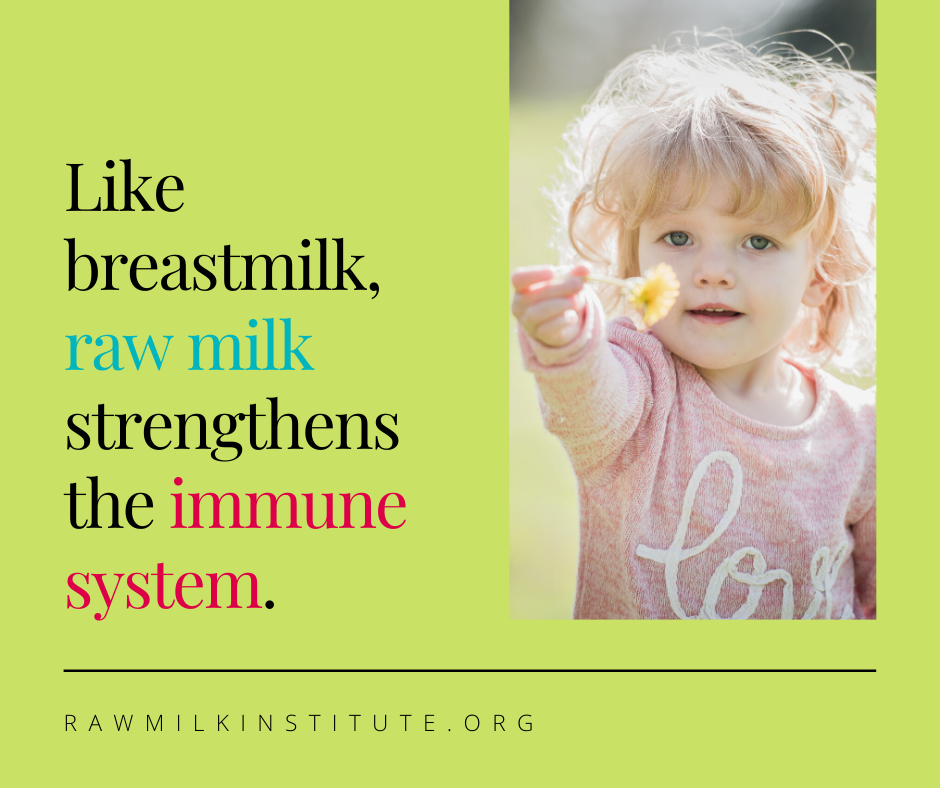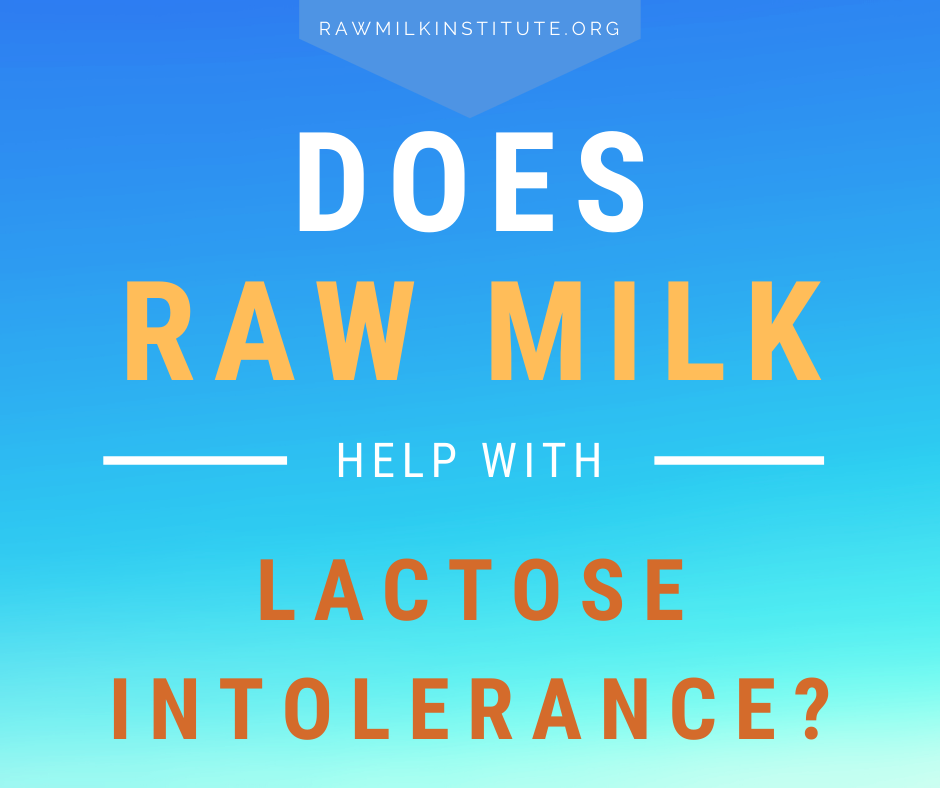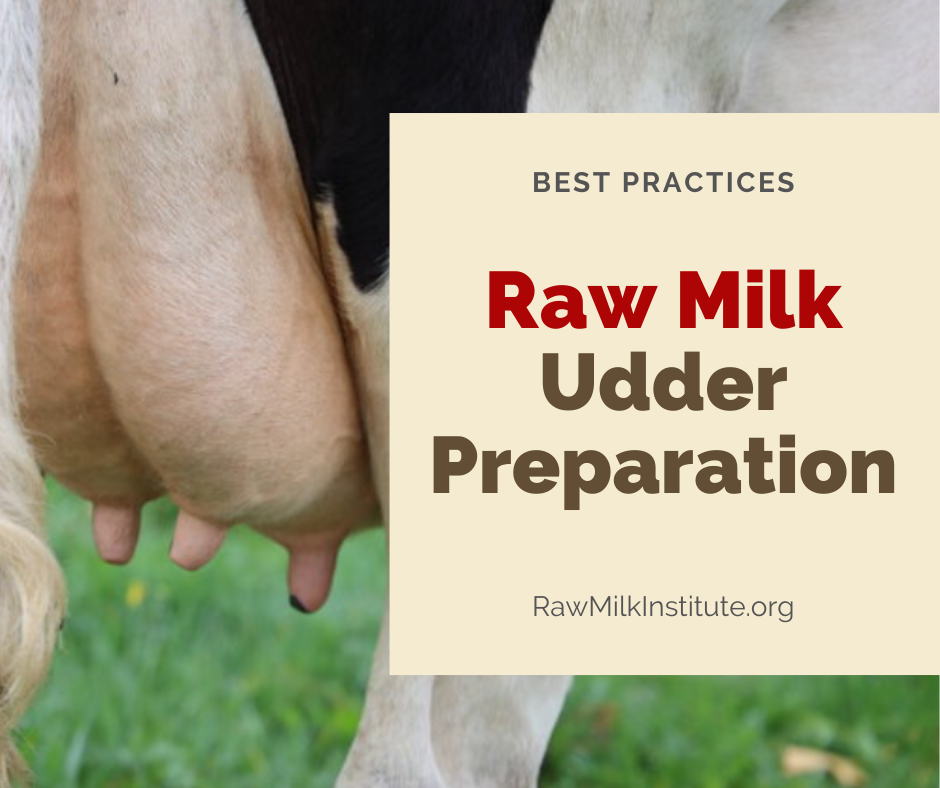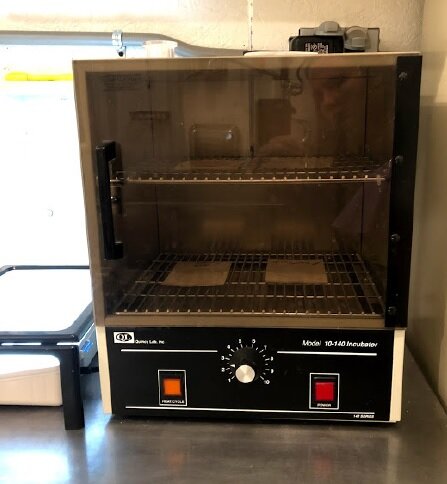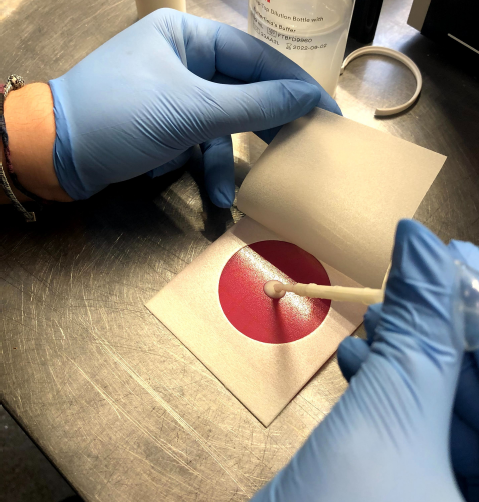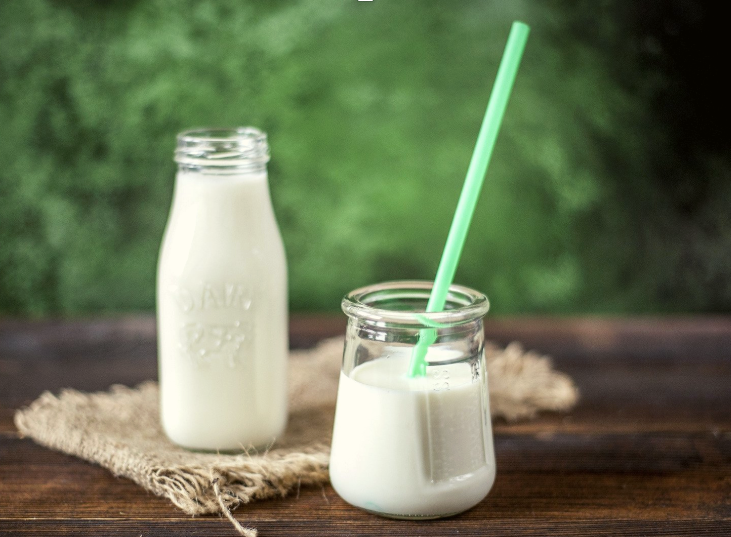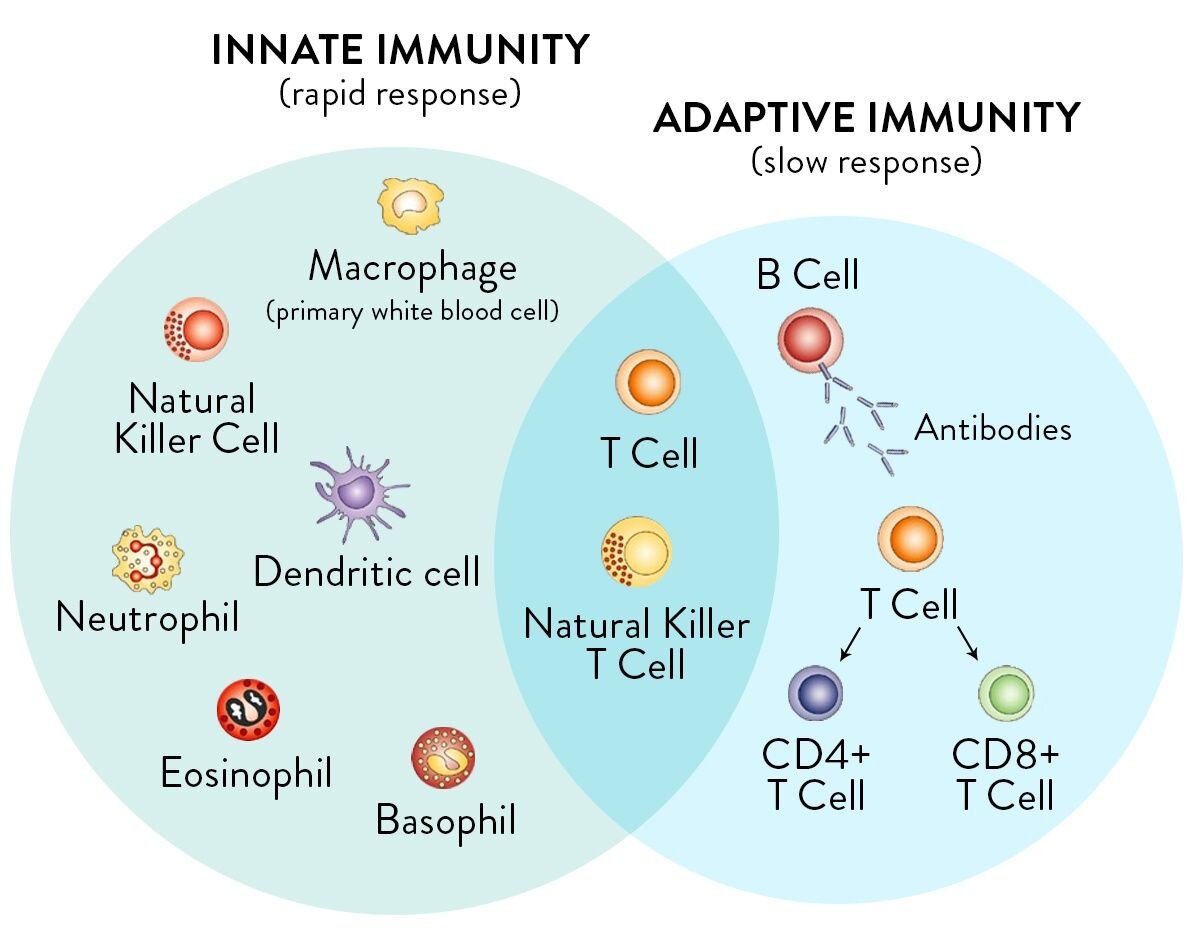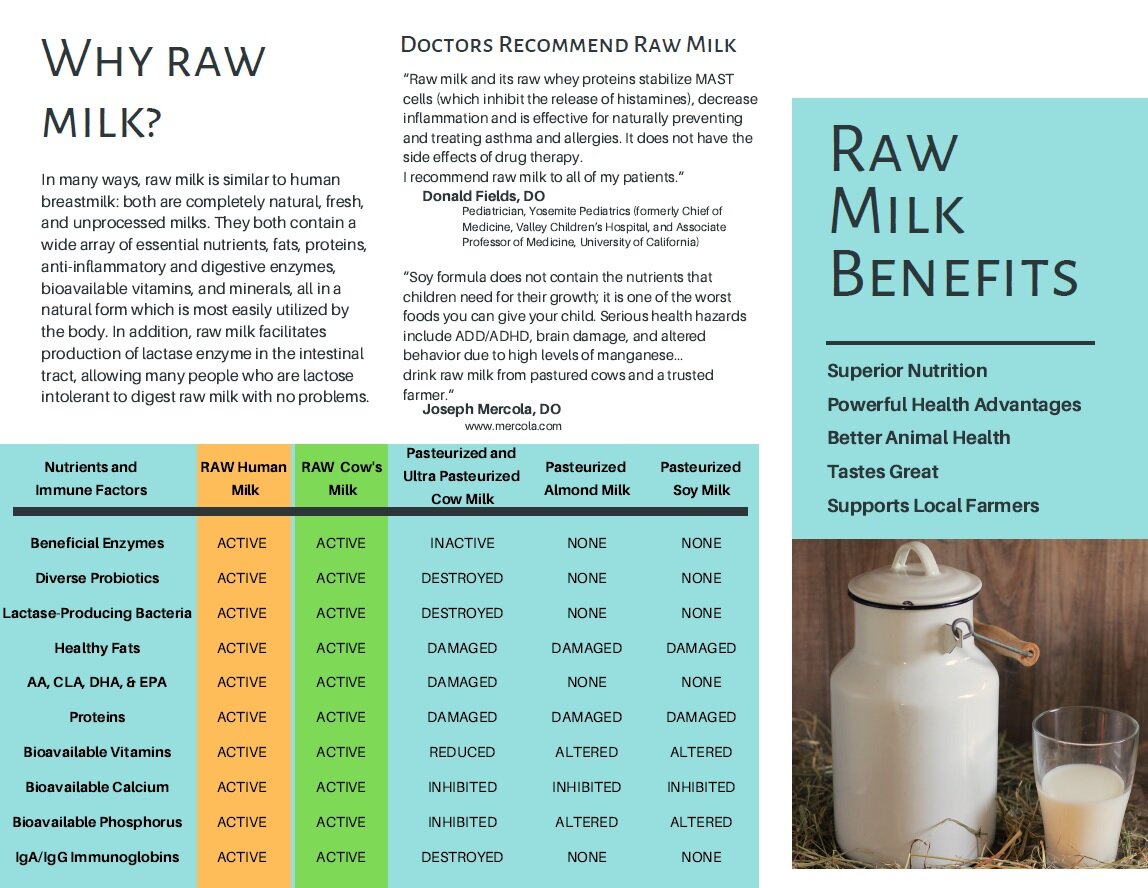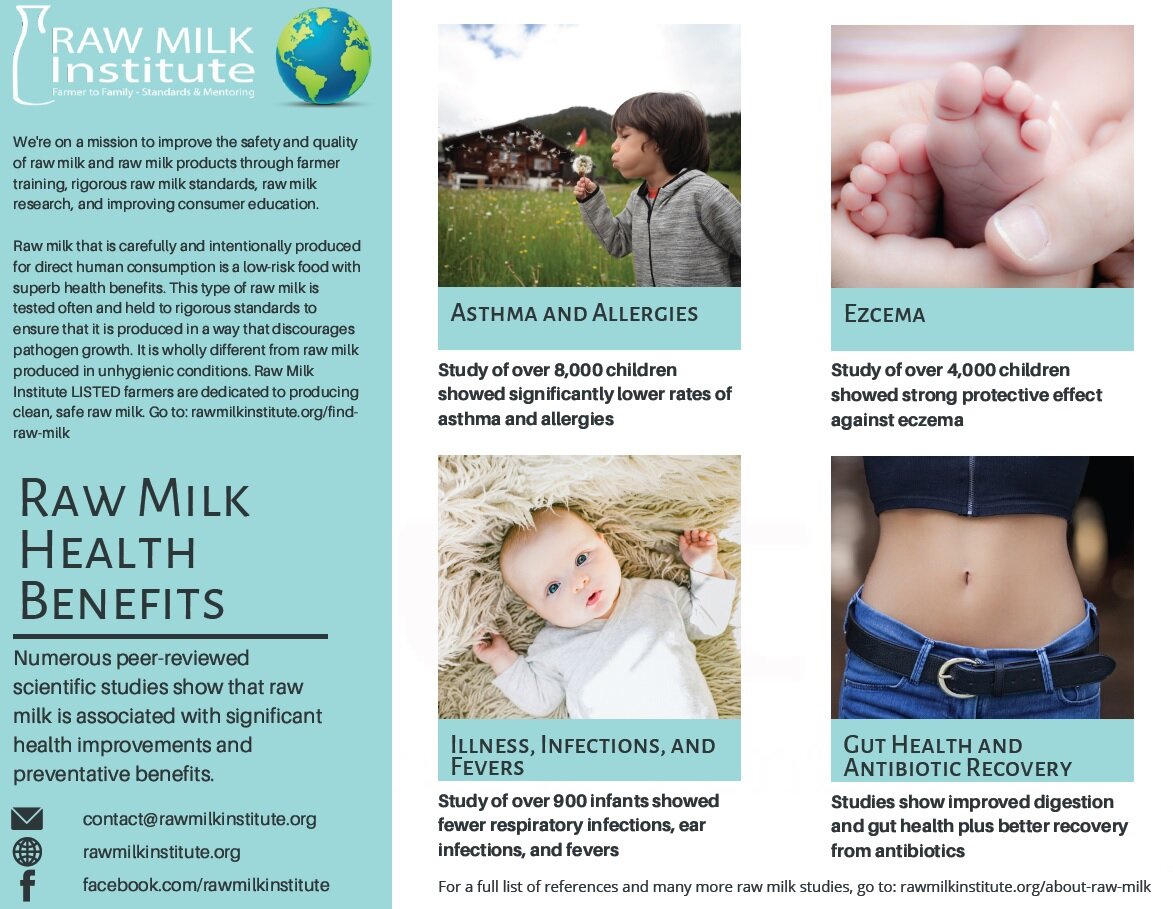Earlier this month, readers of the feature article written by Sarah Smith, my colleague at the Raw Milk Institute (RAWMI), learned about pathogen growth in raw milk. RAWMI contracted with an independent laboratory to conduct a pilot study with an experimental design based on published studies on Predictive Microbiology, the science supporting models of the growth and survival of microbes under different experimental conditions. This article provides readers with more information about what Predictive Microbiology is and why it is important to dairy farmers and raw milk consumers in the 21st century.
Why is Predictive Microbiology important to dairy farmers and raw milk consumers?
Awareness of Predictive Microbiology is important because pathogen growth is modeled in the Exposure Assessment portion of Microbial Risk Assessments (MRAs; FDA/FSIS, 2003; FSANZ, 2009), and the models selected often intentionally overestimate pathogen growth by design, as ‘fail-safe’ models (Tamplin et al., 2002; Coleman et al., 2003a,b; Ross et al., 2003; Coleman, 2021). In other words, regulators rely on predictive microbiology models in estimating the level of risk, and the models that have been available thus far typically intentionally overestimate the risk of pathogen growth.
The advantage for risk managers and regulators in selecting policies based on ‘fail-safe’ models that overestimate growth is the appearance of minimizing public health breaches or ‘failures’ (e.g., illnesses or outbreaks) if anything goes wrong along the food safety chain from production to consumption. The disadvantage for dairy farmers and raw milk consumers is that the growth models applied for raw milk MRAs are wrong, based on intentionally biased experiments that overestimate actual pathogen growth in raw foods and thus overestimate risk of illness to consumers.
For a quick overview of MRA, see the text box and figure in the forthcoming May 2022 article entitled Raw Milk Risks from a Microbiologist’s Perspective that I prepared for Weston A. Price Foundation’s Wise Traditions journal.
Science of Predictive Microbiology
Microbiologists including those at the USDA’s Agricultural Research Service in Wyndmoor, PA, began designing ‘factorial’ experiments for modeling pathogen growth in the 1990s, selecting rich nutrient culture broths amenable to testing a wide variety of levels of different ‘factors’ that influence microbial growth. The study designs were inexpensive and accurate, compared to more expensive and more complex analysis for different foods. The data from these experiments are generally well validated experimentally: that is, for growth in pure culture broths.
Such data formed the basis of free online tools for predicting growth, including the USDA’s Pathogen Modeling Program (PMP). The experiments were designed to include multiple levels of different factors including pH and salt or water activity that are similar to levels that can be measured in foods. The advantages of such tools based on broth culture experiments for government and academic risk assessors are that they might extrapolate the broth culture growth models to foods with similar levels of factors measured, and assume the models are still accurate. This could be beneficial because conducting pathogen growth studies in foods under diverse conditions of temperature and storage is expensive and time consuming.
Screenshot from USDA PMP
Now, with access to PMP, the risk assessor can select the inputs from those tested in multiple factor broth culture experiments from the sliders illustrated in the screen shot from PMP on the left. I illustrated a growth scenario with an appropriate refrigeration temperature (5°C or 41°F, from a range of 5-42°C or 41-107.6°F) and a pH (6.5, from a range of 4.5-8.5) relevant to raw milk.
The first problem for dairy farmers and raw milk consumers is that models based on optimal growth of pathogens in pure cultures described by rich broth culture models overestimate actual pathogen growth in raw milk. As early as 1997, university researchers published experimental results reporting that the rate of growth of the pathogen E. coli O157:H7 was significantly slower in raw milk than pasteurized (Wang et al., 1997). The authors noted that the difference in growth rates was likely due to the natural microbes in raw milk that outcompete pathogens and limit their growth in raw, not pasteurized, milk.
Another problem for farmers and consumers is that the broth culture study designs are typically biased by inclusion of only high initial pathogen levels (> 3 log10 colony forming units (CFU) per mL or >1,000 CFU/mL, from a range of 3 to 5.9 log10 CFU/mL). Even in rich culture broth, growth rates are lower at low inoculum levels (~1 CFU/mL; Coleman et al., 2003). Biased growth models (based on rich nutrient broth, high initial inoculum, and/or absence of natural milk microbiota) result in biased MRAs that overestimate raw milk risks.
You may not be surprised to learn that some microbial risk assessment teams, including the Food Standards Australia New Zealand team (FSANZ, 2009), selected rich culture broth studies (Salter et al., 1998; Ross et al., 2003) that measured growth of harmless or commensal E. coli strains that are part of our healthy gut microbiota, not even pathogenic strains like O157:H7 that can cause illness and grow at slower rates. FSANZ excluded an available study on growth of the pathogen E. coli O157:H7 itself in raw and pasteurized milk reported by Wang and esteemed food scientist Mike Doyle at the University of Georgia (Wang et al., 1997).
Why do you think the FSANZ team decided not to cite Mike Doyle’s study, a study they should have known about? Likely because it measured lower pathogen growth rates in raw milk than in pasteurized milk (and broth). Thus, it seems that FSANZ likely excluded the study because the results did not support their notion that raw milk is inherently dangerous, and more dangerous than pasteurized milk. A short plain language summary prepared by the Australian Raw Milk Movement (ARMM) and the full 73-page technical report that I prepared for them (Coleman, 2021) are both available on the ARMM website. See the technical report for the more detailed section on pathogen growth and microbial ecology (pp. 30-40 of the 73-page report).
Why is Inoculum Level Important to Predict Growth in Raw Milk?
Well-produced raw milk has relatively low levels of coliform and aerobic bacteria. Farmers who follow RAWMI’s Common Standards for raw milk aim for coliform counts of <10 CFU/mL and Standard Plate Counts of <5,000 CFU/mL. However, don’t let these low coliform counts or low Standard Plate Counts in raw milk fool you.
Raw mammalian milks are complex ecosystems with dense and diverse microbes that benefit health. The natural microbes in raw milks have different requirements for culturing them, so studies that rely on specific culture media for assessing what microbes are present in raw milk are biased. The development of genomic methods that estimate presence of microbial genes or gene products in raw milks without culturing are more reliable for describing the raw milk microbes or microbiota (Oikonomou et al, 2020). Such studies are transforming our understanding of the microbiota of many natural systems in the recent decade, including raw mammalian milks.
The dense and diverse microbiota predominant in raw milk from healthy mammals is illustrated in the figure below by Oikonomou and colleagues (2020; authors’ Figure 2, pg. 4 of 15). The bacteria listed in red text were identified in the milk microbiota from all five types of mammals, bacteria in yellow from 3 or more mammals, and bacteria in blue in less than three mammals. None of these bacteria were identified as pathogens, but rather are natural microbes that appear to benefit human and animal offspring (and adult humans) by ‘seeding and feeding’ the gut. In other words, raw milk ‘seeds’ the gut with beneficial microbes and ‘feeds’ gut and microbial cells with nutrients. The raw milk microbiota also stimulates proper maturation and function of immune, neural, and respiratory systems (Coleman et al., 2021a,b; Dietert et al., 2022).
Oikonomou, et al., “Milk microbiota: what are we exactly talking about?” Frontiers in Microbiology
Predominant beneficial microbes including Pseudomonas, Staphylococcus, and certain lactic acid bacteria or LABs (including not just the familiar Lactobacillus, but also 11 other microbes: Lactococcus, Enterococcus, Streptococcus, Carnobacterium, Vagococcus, Leuconostoc, Oenococcus, Pediococcus, Tetragonococcus, Aerococcus and Weissella) are known to outcompete specific pathogens at refrigeration temperatures (Coleman et al., 2003a; Reuben et al., 2020).
A recent study in the Journal of Dairy Science (Reuben et al., 2020) illustrates the importance of incorporating data on the microbiota and microbial ecology of raw milks into Predictive Microbiology models and MRAs. The authors demonstrated not merely suppression of growth of all pathogens tested (E. coli O157:H7, L. monocytogenes, and Salmonella) by LAB strains isolated from raw cow milk, but also ‘competitive exclusion’ of these pathogens inoculated at both 103 and 106 log10 CFU/mL. Clearly, the natural milk microbiota influences growth of pathogens.
In summary, the raw milk ecosystem differs greatly from sterile nutrient broth. If an MRA relies on pathogen growth models based on broth cultures, be skeptical of its value for predicting pathogen growth in raw milk. Pathogen growth rates in raw milk are likely lower due to suppression or exclusion of pathogens by the natural raw milk microbiota and compounds produced by these beneficial microbes.
How do Microbes in Raw Milk Outcompete and Exclude Pathogens?
The peer-reviewed literature is expanding as researchers document the mechanisms or pathways by which the raw milk microbes benefit health. Microbes in raw milk produce vitamins and enzymes that enhance gut health. Microbes also produce antimicrobial compounds including proteins (bacteriocins) and organic acids like lactic acid that reduce pH and indirectly suppress pathogen growth, modulate the immune system, and reduce inflammation.
The natural raw milk microbiota also enhances gut mucosal barrier function, and competes with pathogens in the gut nutritionally and spatially (colonizing potential bacterial binding sites, enhancing ‘colonization resistance’ to pathogens, and reducing pathogen infection rates). Consider recent evidence for benefits and risks for the breastmilk microbiota (Coleman et al., 2021a,b) and the cow milk microbiota (Dietert et al., 2022). A large body of evidence also exists that documents mechanisms of interference of LABs with pathogens, including pathogen virulence expression.
Want More Perspectives from a Microbiologist and Risk Assessor?
Feel free to contact me for more information at peg@colemanscientific.org.
Key References Cited
Coleman, M. E., Sandberg, S., & Anderson, S. A. (2003a). Impact of microbial ecology of meat and poultry products on predictions from exposure assessment scenarios for refrigerated storage. Risk Analysis: An International Journal, 23(1), 215-228.
Coleman, M. E., Tamplin, M. L., Phillips, J. G., & Marmer, B. S. (2003b). Influence of agitation, inoculum density, pH, and strain on the growth parameters of Escherichia coli O157: H7—relevance to risk assessment. International Journal of Food Microbiology, 83(2), 147-160.
Dietert, R. R., Coleman, M. E., North, D. W., & Stephenson, M. M. (2022). Nourishing the Human Holobiont to Reduce the Risk of Non-Communicable Diseases: A Cow’s Milk Evidence Map Example. Applied Microbiology, 2(1), 25-52.
Food Standards Australia New Zealand (FSANZ). (2009). Microbiological Risk Assessment of Raw Cow Milk. Available at: https://www.foodstandards.gov.au/code/proposals/documents/-p1007%20ppps%20for%20raw%20milk%201ar%20sd1%20cow%20milk%20risk%20assessment.pdf.
Oikonomou, G., Addis, M. F., Chassard, C., Nader-Macias, M. E. F., Grant, I., Delbès, C., ... & Even, S. (2020). Milk microbiota: what are we exactly talking about? Frontiers in Microbiology, 11, 60.
Ross, T., Ratkowsky, D. A., Mellefont, L. A., & McMeekin, T. A. (2003). Modelling the effects of temperature, water activity, pH and lactic acid concentration on the growth rate of Escherichia coli. International Journal of Food Microbiology, 82(1), 33-43.
Reuben, R. C., Roy, P. C., Sarkar, S. L., Alam, A. R. U., & Jahid, I. K. (2020). Characterization and evaluation of lactic acid bacteria from indigenous raw milk for potential probiotic properties. Journal of Dairy Science, 103(2), 1223-1237.
Salter, M. A., Ross, T., & McMeekin, T. A. (1998). Applicability of a model for non-pathogenic Escherichia coli for predicting the growth of pathogenic Escherichia coli. Journal of Applied Microbiology, 85(2), 357-364.
Tamplin, M. L. (2002). Growth of Escherichia coli O157: H7 in raw ground beef stored at 10 C and the influence of competitive bacterial flora, strain variation, and fat level. Journal of Food Protection, 65(10), 1535-1540.
Wang, G., Zhao, T., & Doyle, M. P. (1997). Survival and growth of Escherichia coli O157: H7 in unpasteurized and pasteurized milk. Journal of Food Protection, 60(6), 610-613.








